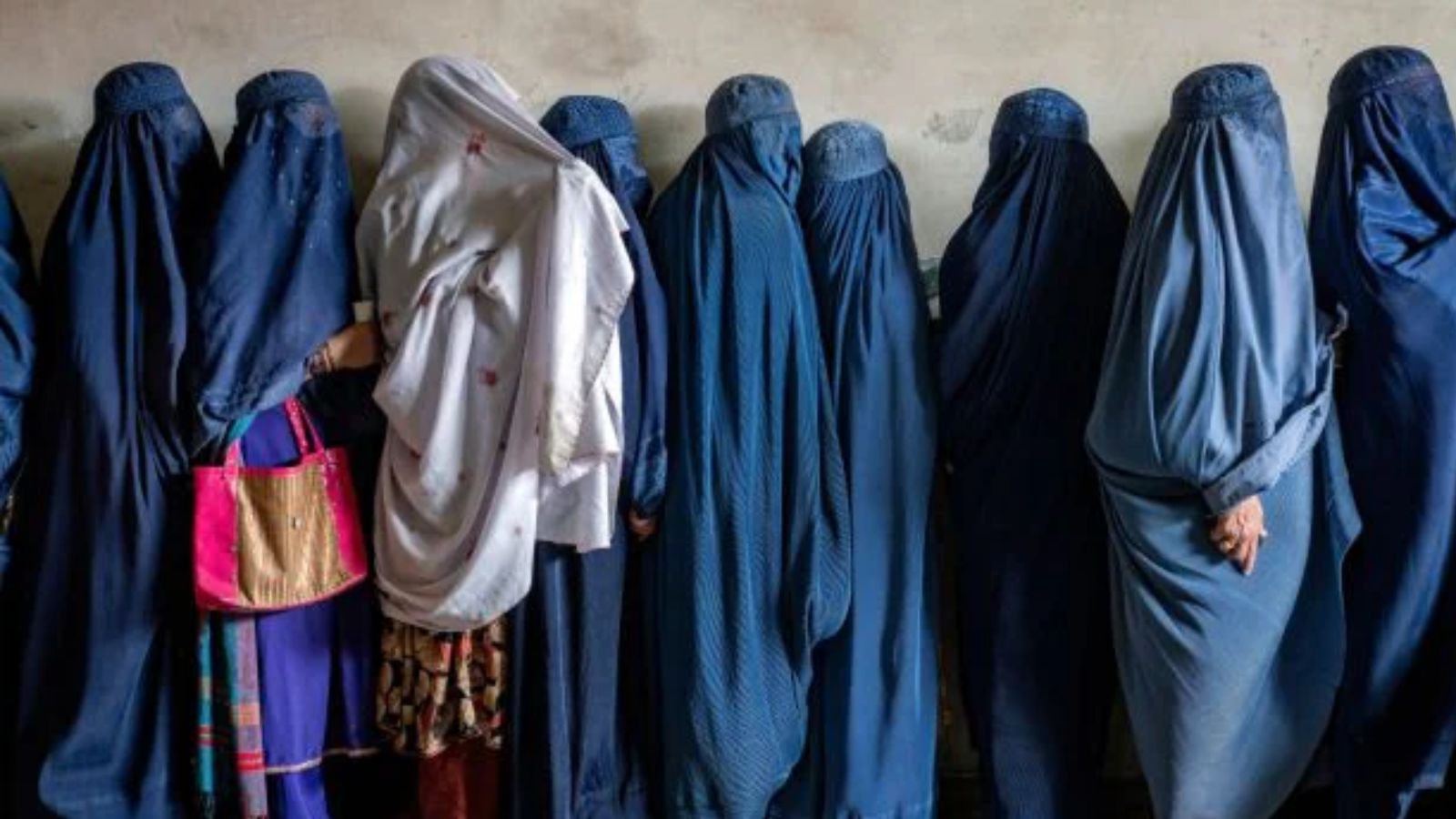Law makers in Iraq are discussing reduction of girls’ consent age to nine from 18, to prevent them from entering “immoral relationships”. Libya is discussing introducing compulsory veiling of women and girls as young as nine, restricting interactions between men and women, policing their clothing, hairstyles and banning women from travelling abroad without a “guardian”. In Afghanistan, women are barred from singing or reciting poetry aloud in public in an effort to conceal women’s voices along with their bodies when outside their homes.
Taliban has also banned education for girls after secondary school, and barred them from various jobs, parks and public spaces. In Iran, a young woman who stripped to her underwear at a university was taken in custody, with her whereabouts remaining unknown, when she protested against the strict dress-code imposed on women.
But we will be grossly mistaken to think that’s its only in Muslim states that women’s rights and autonomy continue to shrink. In some ways, India, whose political culture too has taken a majoritarian, religious turn, is being led down the same path.
Consider this: The Uttar Pradesh State Women’s Commission is proposing a ban on male tailors and fitness trainers to provide “women safety”. In 2022, Chief Minister Yogi Adityanath had imposed a set of rules prohibiting female workers from working in night shifts without their written consent.
At the outset, the two things may appear different but their roots are the same. Women need agency, not “protection” coming from a power source. Women need autonomy and an ecosystem in which they can exercise it. Women want equality and not a symbolic one — a true and meaningful one. But all those who push for a “religious” state – be that a Muslim or a Hindu state have traditionally been against women’s rights. That begs the question: Are religion and women’s rights inherently anthithetical?
To bring about women’s rights revolution, will we have to go all out against religion? Yes and no. The problem, you see, is not with religion per say, but with all those who have come to use it for setting up a power structure that serves them best. When religion and power mix, morality is decided by those in power. No one gets to challenge this. Think of the deadly mix of church and state that lasted for a long time!
Why oppress or control women? Because a power imbalance necessarily requires someone to dominate, for someone to be in a dominant position – who better to dominate than half the population? Power dynamics and power struggle in a society can hardly ever be reduced to a simpleton binary structure of men and women, powerful and powerless and has many nuances, stakeholders, and power brokers. So if the minority that can be dominated can include – women and “religious or caste or ethnic or racial minority” — even better!
It is for this reason that those who have held on to power have managed to keep the “minorities”, which are paradoxically cumulatively higher in number — oppressed, uneducated, weak and fragmented – to the point that they may not even realise what’s happening to them.
When Kamala Harris fights and loses an American elections because 10 million voters did not show up to vote for her as compared to the previous Democrat candidates – that’s telling! And when President Trump wins, Twitter trends – “your body, my choice”.
But many women who end up being in powerful positions end up adopting the same language, the same attitudes and the same arrogance when they ask, like Nirmala Sitharam just did – “What’s patriarchy, ya?”
The fact that BJP can pass the Women’s Reservation Bill and its spokespersons can proudly tell women during elections that BJP alone is for their ‘rights’, without fearing the question – “but then why aren’t you implementing it?”, tells the lack of fear that those in power wield. The fact that all major political parties can go away without being asked – “but who’s in the room and why aren’t the women present in the rooms where decisions are being made”, shows that women are far from being organised as a “constituency” that matters. The fact that the Indian government is defending marital rape in the Supreme Court tells us how much women matter in India.
Women’s right and autonomy do not need a surveillance state. There needs to be an understanding: An ecosystem has to be created where those who have been in power for too long need to give away some, not snatch more. We need systemic interventions, feminist leadership, open discourse and till then patriarchy is right in our faces – we don’t need to go out to look for it.
The writer is an advocate, Supreme Court


